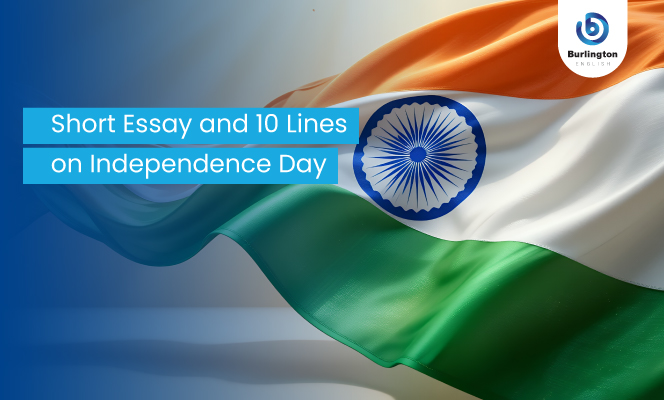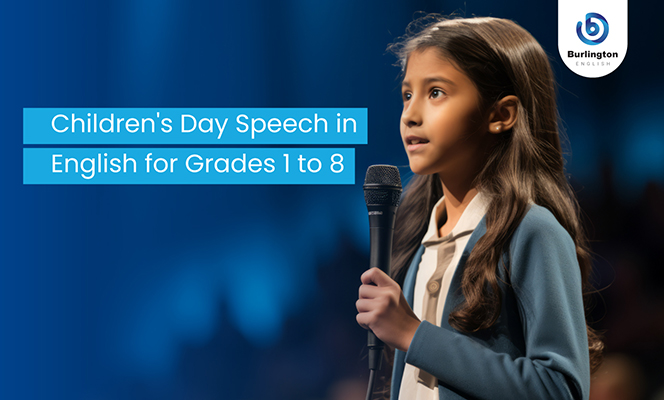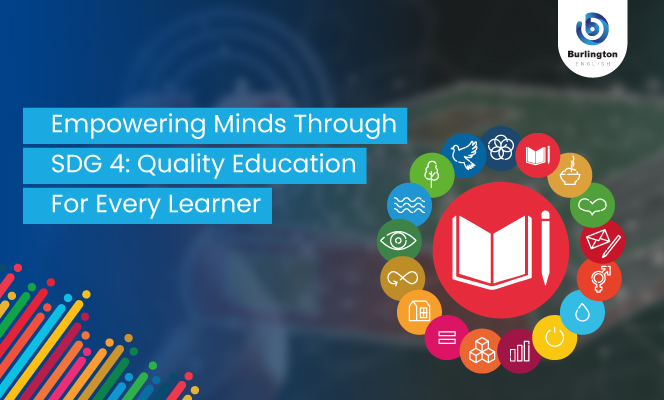Independence Day
Independence Day, celebrated on 15th August in India, is not just a date on the calendar but a reminder of all the sacrifices of our citizens that led to the end of 200-year-long British rule in India. As the tricoloured Indian flag flies high on this sacred occasion, it is a time to reflect on the countless contributions of our freedom fighters and ordinary citizens who dedicated their lives to securing liberty for future generations.
The fight for independence was a deep and challenging journey, bringing together people from all walks of life—different regions, communities, and beliefs. Leaders like Mahatma Gandhi, Subhas Chandra Bose, and Sardar Patel embodied the spirit of a nation unified by a shared desire for dignity and justice. Their efforts were a testament to the determination and resilience of countless individuals, all driven by the hope of achieving a future where they could govern themselves and live freely.
As Independence Day approaches, we have thoughtfully curated 10 lines on Independence Day so that you may have pointers ready for your school/college essay. Keeping in mind the student feedback, we have also written a short essay on Independence Day.
10 Lines on Independence Day
- Independence Day is celebrated on 15th August to mark India’s freedom from the clutches of the British Raj in 1947.
- On Independence Day, Indians decorate their homes with the Tricolour and take part in cultural events.
- Jawaharlal Nehru, the first prime minister of India, delivered the famous ‘Tryst with Destiny’ speech on the eve of Independence.
- On Independence Day, the Prime Minister unfurls the national flag at the Red Fort.
- The tradition of hoisting the flag began in 1947 when Jawaharlal Nehru raised the Indian flag for the very first time above the Lahori Gate of Red Fort.
- The national anthem is played during the flag-hoisting ceremony.
- The main ceremony at the Red Fort is broadcast over radio and television all across the country.
- Flag hoisting ceremonies and cultural events are organised by schools, colleges and institutions.
- It is a national holiday which is observed with patriotic fervour across the country.
- Through patriotic songs, dances, and speeches, citizens reiterate their commitment to becoming responsible citizens and honour the freedom fighters.
Short Essay on Independence Day
Independence Day, celebrated on the 15th of August every year, commemorates the freedom of the Indian nation from the clutches of the British Raj. For 200 years, the British ruled over India. The colonial era was a period of modern-day slavery, punctuated by unequal rights, biased policies and the exploitation of the land and its people in more ways than one can imagine.
The British East India Company first arrived in India in the early 17th century for trade but gradually expanded its influence, establishing political and economic dominance. This control was formalised into direct British rule after the Revolt of 1857, also known as the First War of Independence. The colonial period was marked by economic exploitation, cultural suppression, and social unrest. Yet, the spirit of resistance among Indians continued to grow stronger with each passing generation.
Despite all odds, the Indian desire for freedom was strong and indomitable. Freedom movements from across the country continued for years. Major movements amongst them were the Non-Cooperation, Civil Disobedience, and Quit India, all led by Mahatma Gandhi, which united the people across the nation. Additionally, the efforts of poets and philosophers like Rabindranath Tagore, Sarojini Naidu, Ramdhari Singh Dinkar, and Kuvempu ignited the nationalist spirit in the citizens.
On 15th August 1947, India attained independence. It was both a moment of victory and sorrow for India. On one hand, we had become an independent nation and, on the other, the separation of India from Pakistan was formalised. On the eve of independence in 1947, Pandit Jawaharlal Nehru delivered his famous ‘Tryst with Destiny’ speech. In the speech, Nehru, addressing the newly awakened Indian nation, asked us to dedicate our service to India.
Every year, with the Independence Day celebrations, we reiterate this commitment to the well-being of our nation. On 15th August every year, the Prime Minister of India hoists the national flag at the Red Fort, followed by a speech showcasing the nation’s achievements and vision for the future. Schools, colleges, government institutions, and communities organise cultural programmes, parades, and tributes to freedom fighters.
It is a day of deep introspection for all citizens. As the successors of the legacy of our freedom fighters, we bear the burden of shaping a nation that keeps rising against the tide of time.
Independence Day Celebration Ideas
Here are some ideas to celebrate Independence Day:
- Flag-hoisting ceremonies can be organised to unite the community.
- Cultural events that reflect India’s diversity can be hosted to showcase regional traditions.
- Students can engage in essay and speech competitions on themes such as ‘The Meaning of Freedom’ and ‘India’s Journey Since Independence’.
- Free screenings of documentaries on Indian freedom fighters and the freedom struggle can attract young people and educate them.
- Fun mural and poster competitions can help children explore their creativity.
- A food festival with stalls featuring cuisines from different regions of the country can provide opportunities for people to explore the flavours of India.
- A tricolour decoration drive using waste materials can help citizens integrate the spirit of sustainable living while getting them into the spirit of Independence Day.
- Boards or digital displays featuring the stories, photos, and quotes of freedom fighters can be set up to inspire citizens.
- Online quizzes and poetry writing competitions on nationalist themes can be organised for a wider reach.
Quick FAQs
Q1. Why is Independence Day celebrated on 15th August?
India celebrates Independence Day on 15th August because it was on this day in 1947 that the country gained freedom from British rule. It marks the birth of India as a free, sovereign nation.
Q2. Who hoists the national flag on Independence Day every year?
The Prime Minister of India hoists the national flag at the Red Fort in New Delhi on 15th August.
Q3. Who designed the Indian flag?
The Indian tricolour flag was designed by Pingali Venkayya, a Gandhian disciple.
Q4. What do the colours of the Indian flag represent?
The Indian flag consists of three horizontal bands of different colours with the blue Ashoka Chakra situated in the middle. The topmost colour, saffron, represents courage and sacrifice. The white band in the middle stands for peace and truth. The green band at the bottom symbolises fertility and prosperity. The Ashoka Chakra represents life, growth, and progress.
Q5. Is Independence Day celebrated only in India?
While it is officially celebrated in India, the day is observed by Indians across the globe. Just like India, many other countries celebrate their Independence Days on the date they attained freedom.
Q6. How can students take part in Independence Day celebrations?
Students can participate by delivering speeches, performing patriotic songs or skits, writing essays, joining parades, and learning about India’s freedom movement and the Indian Constitution.
By
Dr Neeta Bali






